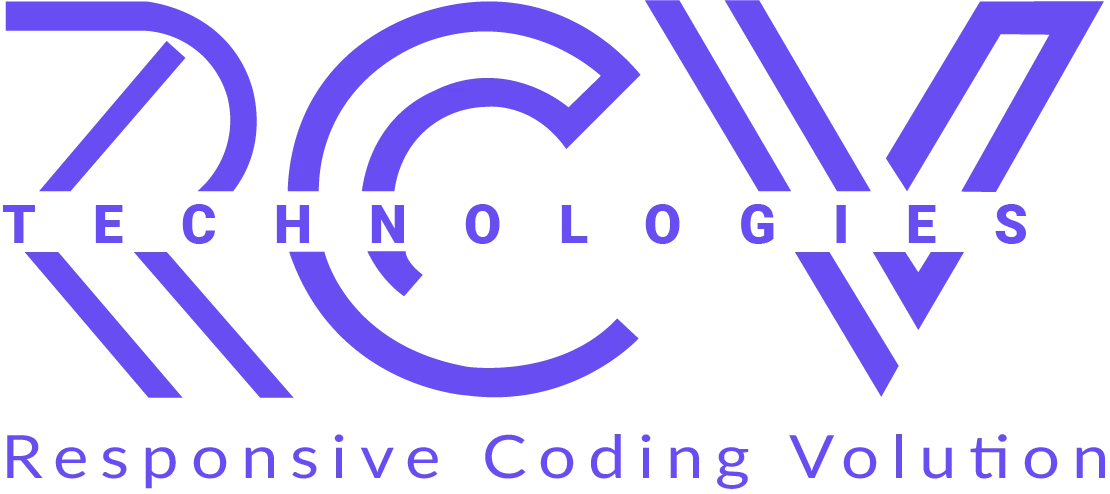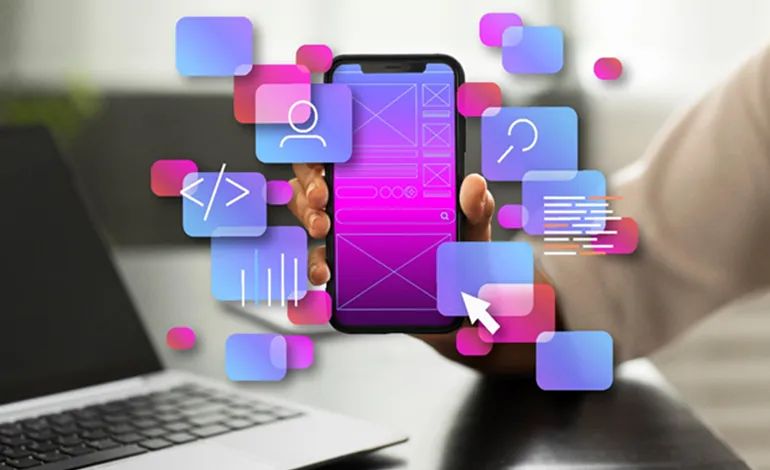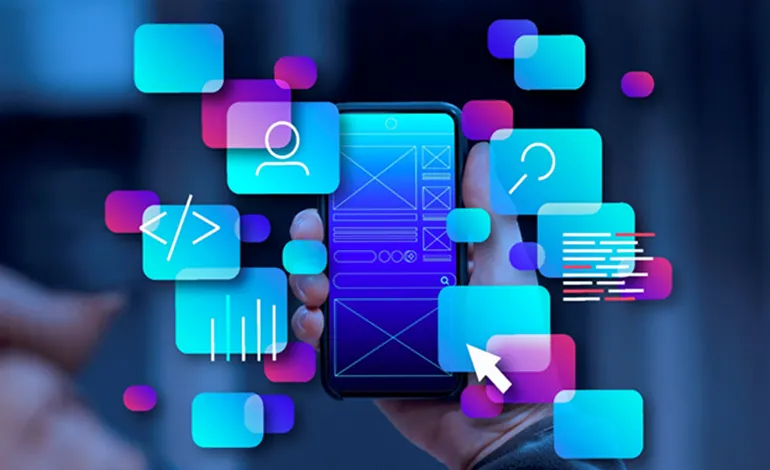Agile vs Waterfall: Pros, Cons, and the Right Fit for Your Project

In 2025, businesses are evolving faster than ever – especially when it comes to building apps, websites, and custom platforms. Choosing the right development approach can make all the difference between a project that runs smoothly and one that runs over budget or off track.
When clients approach us for software development solutions – whether it’s a startup looking to launch fast, or a large brand needing a scalable system – we often get the same question: “Should we go with Agile or Waterfall?” If you’re asking the same, this blog is for you.
Let’s break down both approaches in a simple, easy-to-understand way so you can decide which method fits your business goals best.
What Are Agile and Waterfall in Simple Terms?
Agile Development
Agile is like building your project in small, manageable pieces. It’s flexible, fast-paced, and allows you to make changes along the way. You don’t need to know everything upfront – you learn, build, and adapt as you go.
- Example: Imagine you’re launching an e-commerce website. You start by developing the homepage and checkout flow first. Then you test it, gather user feedback, and build the rest of the site based on real needs.
Waterfall Development
Waterfall is a step-by-step, structured process. You first gather all your requirements, then design, then develop, test, and finally launch. Everything is planned, and changes during development are harder to make.
- Example: Let’s say you’re building a government portal with specific rules. Everything must be clearly defined and documented before development starts, and there’s little room for change once coding begins.
Pros and Cons of Agile
Benefits of Agile
- Flexibility: You can adapt to changes and add new features mid-project.
- Faster Time to Market: You can release early versions and improve them over time.
- Customer Feedback: Clients are involved at every stage, so the end product matches their needs.
- Improved Quality: Continuous testing and improvements reduce bugs.
Challenges of Agile
- Needs experienced developers and project managers.
- Not ideal if your project has a strict budget or deadline.
- Requires ongoing communication and feedback from the client.
Pros and Cons of Waterfall
Benefits of Waterfall
- Clear Planning: You know the full scope, timeline, and cost before starting.
- Easy to Manage: Each phase is completed before the next begins, making it simple to track.
- Great for Stable Projects: Best when requirements are fixed and unlikely to change.
Challenges of the Waterfall
- Hard to Change: Making changes mid-project can be costly and time-consuming.
- Delayed Testing: Issues are usually discovered at the end, during the testing phase.
- Less Client Involvement: The client may not see the product until it’s almost complete.
Agile vs Waterfall: Which Is Better for eCommerce Web Development?
As a modern eCommerce web development agency, we work with businesses that need to move quickly, test ideas, and respond to customer feedback in real time. For most online stores and eCommerce platforms, Agile is usually the better fit because:
- You can test different checkout flows, homepage designs, or product filters.
- You can continuously improve your store based on real customer behavior.
However, Waterfall still works well for more rigid, document-heavy projects—like integrating with third-party legacy systems or developing complex internal tools where features are locked down from the beginning.
What About Hybrid Approaches?
In 2025, many businesses will use a hybrid method, combining the planning discipline of Waterfall with Agile’s flexibility. This is often called Water-Scrum-Fall and is great for teams who want a structured start, but still need room to evolve mid-project.
How to Decide What’s Best for Your Project
Ask yourself these 3 key questions:
- Do I have fixed or changing requirements?
- Fixed = Waterfall
- Changing = Agile
- Do I need to launch fast and improve later?
- Yes = Agile
- No, I need everything done before launch = Waterfall
- How involved can I be during the development?
- Ongoing involvement = Agile
- Limited involvement = Waterfall
Final Thoughts
Choosing between Agile and Waterfall is not about picking a winner – it’s about finding the right fit for your goals, your timeline, and your team. At RCV Technologies, we offer both flexible Agile-based development and structured Waterfall models as part of our software development solutions. Whether you’re a startup founder or a large retailer, we’ll work with you to find a development approach that supports your long-term success.
As a trusted eCommerce web development agency, we’ve helped brands grow fast with smart planning, efficient coding, and the right project strategy. Let’s do the same for you.






